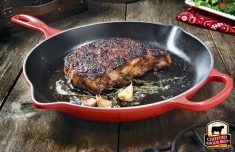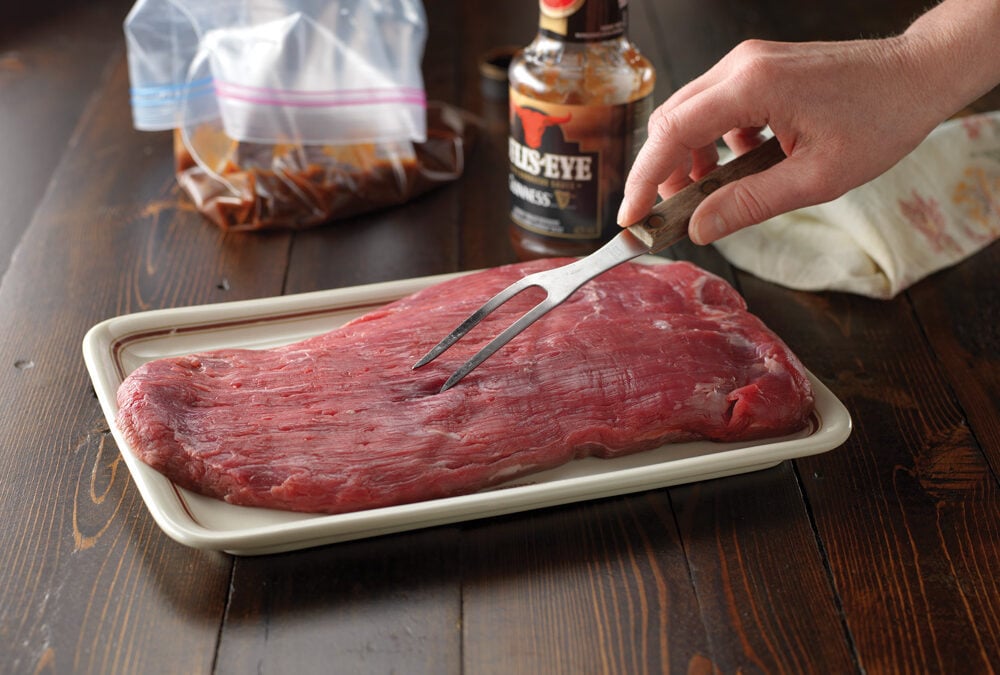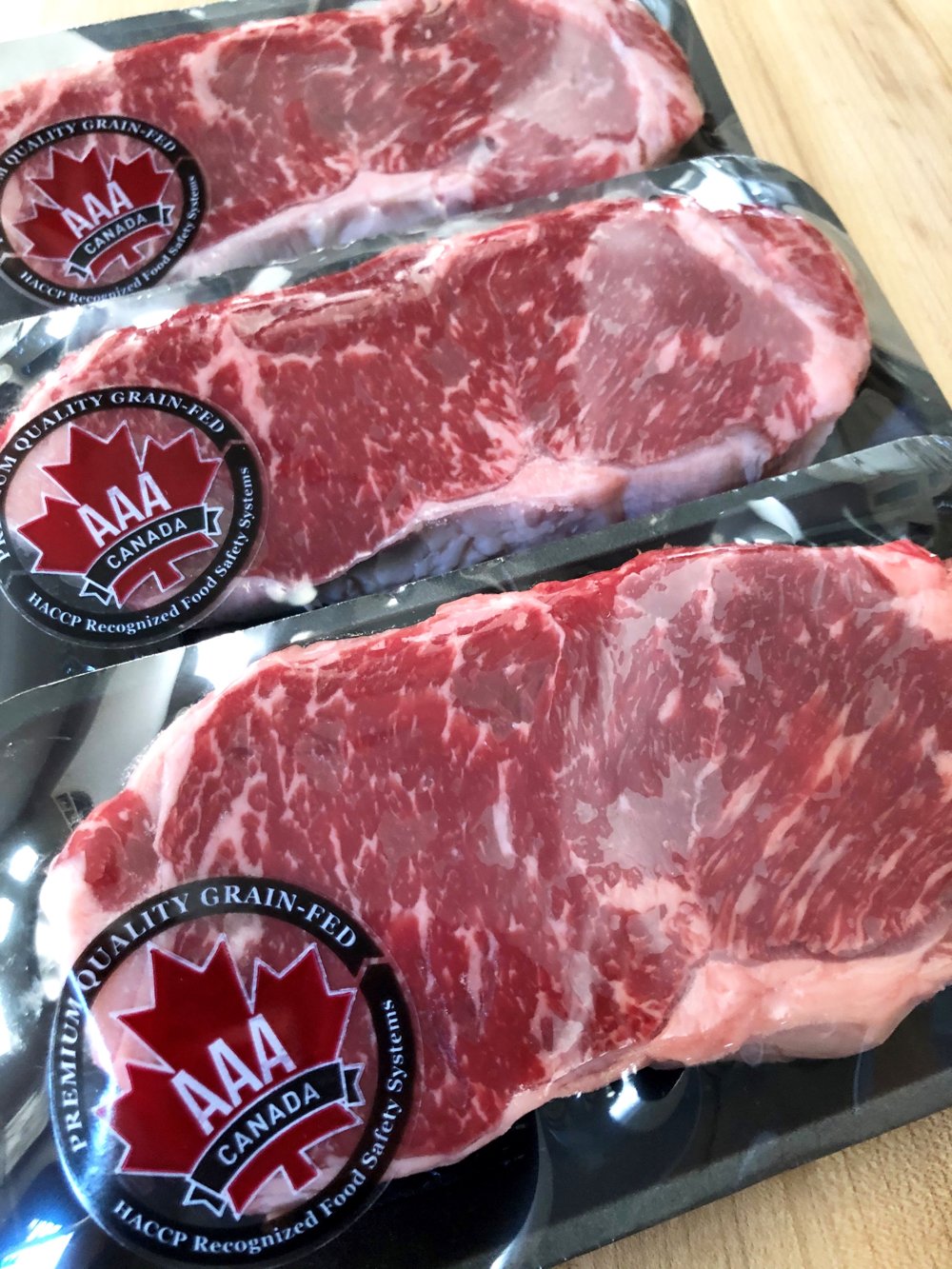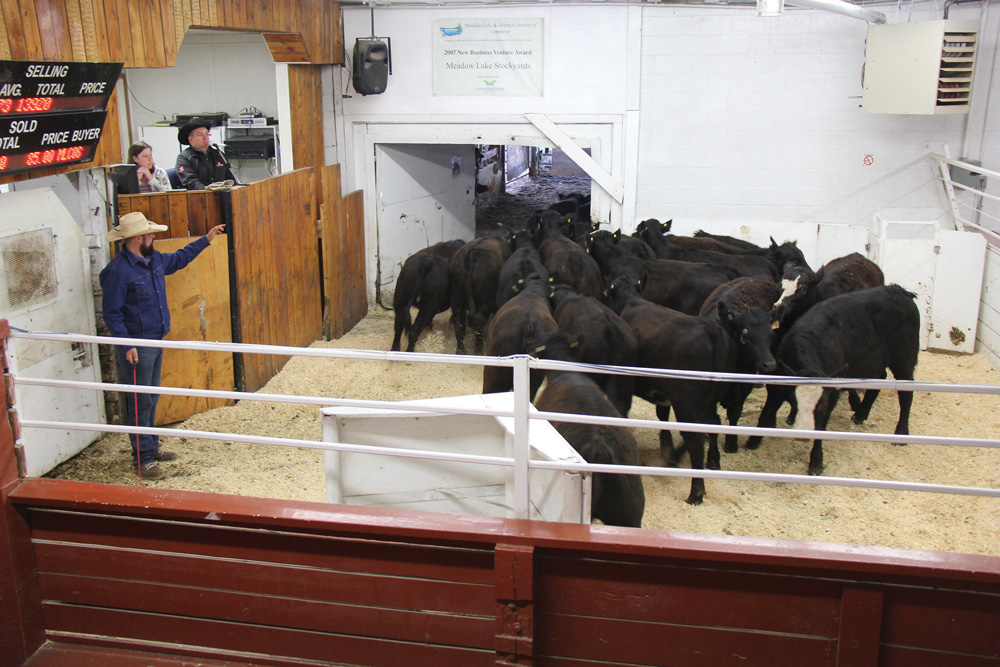Direct beef sales offer producers the opportunity to appeal to consumers’ preference for local beef and promote attributes that differentiate their products from what is sold at conventional retail stores.
The direct beef sales model continues to evolve, with some producers selling cuts via vending machine, managing aspects such as their own dry aging process. Others are selling beef into niche markets based on genetics, certifiable attributes such as natural, organic or grass fed, or other traits such as traceable beef in a farm-to-plate program.
There are many steps for producers to consider prior to establishing a direct beef sales venture that go beyond an initial investment in infrastructure and equipment. In Canada, this includes understanding federal and provincial regulations to provide a safe, high-quality product and requirements for labelling and marketing differentiated brands to build consumer trust.
Read Also
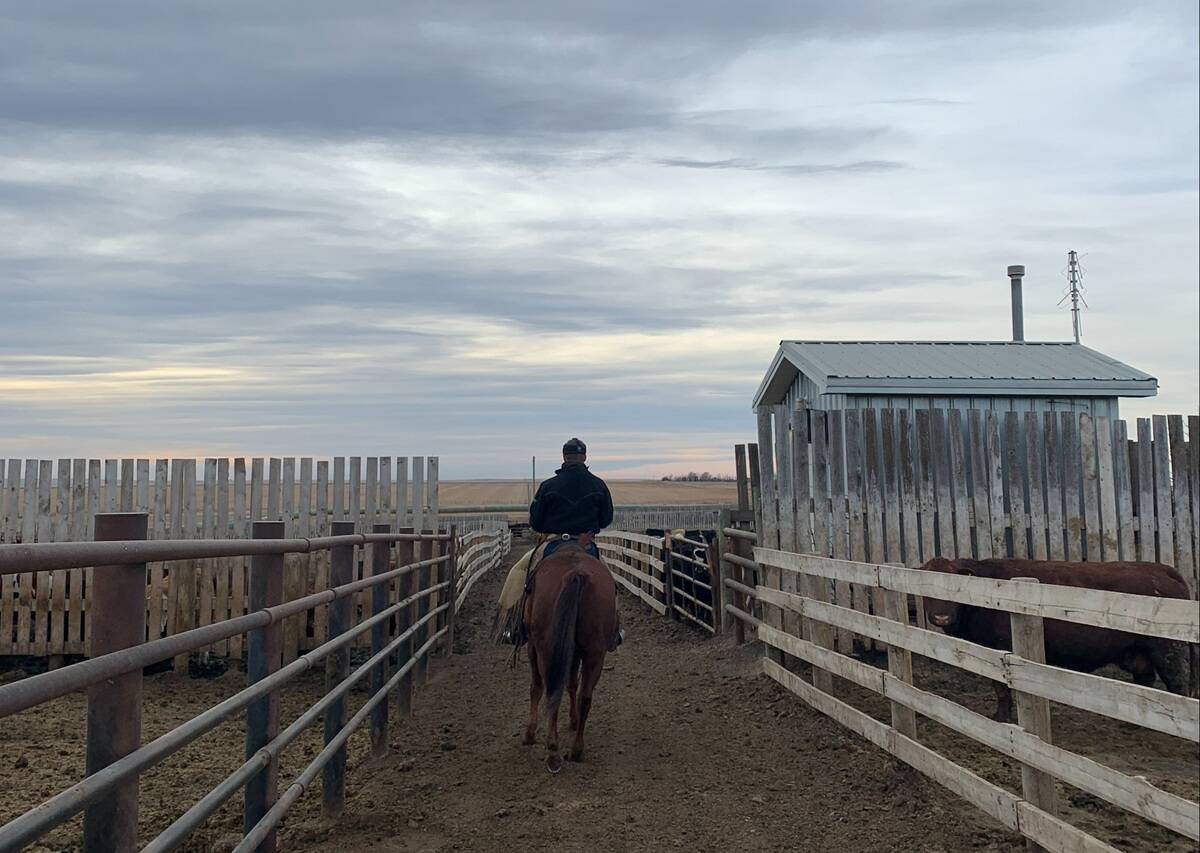
Pen riders still better than tech at detecting respiratory disease in feedlot cattle, says researcher
Recent research found that pen riders are better than tech at flagging signs of BRD in feedlot cattle
Preparing for direct beef sales
In terms of resources, Alberta Agriculture published a document about Direct Meat Marketing in 2005. The resource recommended a focus on frozen beef as it was deemed easiest to ensure the integrity of the product and food safety when transporting the meat from remote locations.
While direct sales can help producers diversify their farm income, the resource noted that “… selling freezer beef will always be more time consuming than delivering the cattle to a packer,” and emphasized the need to plan in advance to make it profitable.
This sentiment was echoed in an article in the Canadian Cattlemen magazine that outlined key questions and considerations for producers planning to engage in Direct Beef Sales.
Canada Beef has developed a ‘Gate to Plate’ resource for producers with direct sales of beef via on-farm meat counters or in farmers markets. Specifically, the Cuts by Colour Guide is a communications tool for producers to use when speaking with consumers about Canadian beef cuts, where they originate on the carcass, and appropriate preparation methods. The guide is also suitable for use by small butchers and abattoirs.
Recently, experts from Texas A & M published a handbook, and Texas Agriculture Law posted eight “Where’s the Beef?” videos of interviews with producers, who are already engaged in Direct Beef Sales initiatives. This information presents guidance and case studies for other producers interested in launching a similar business venture. All of the information resources point to the need for effective communication with customers.
Consumer engagement
Most producers operating Direct Beef Sales use social media to connect with their customers. They must invest resources, time and effort to build and maintain close relationships with their clientele. The objective is to increase loyalty and the continuity of the business.
These business ventures focus on sharing the “story behind the beef,” by offering beef products that aim to increase trust and openness in their communications.
A growing number of key stakeholders in the beef value chain are collaborating to get a better understanding of specific supplier – customer needs. For example, in some cases, producers do not offer sub-primals or portioned cuts. Instead, they prefer to sell large bone-in beef primals, quarters, or eighths of a carcass. (6) The objective is to reach win-win solutions from the standpoint of price and convenient options for sellers and buyers. The advent of social media and ecommerce has facilitated this trend.
Opportunities and challenges of direct beef sales
The COVID-19 pandemic disrupted North American supply chains and forced a focus on local. Local food supply chains allow consumers to get closer to the production of their food, and producers to receive more on the dollar than they would by selling the live cattle at wholesale prices.
In November 2021, the Livestock Committee of the National Farmers Union commissioned a report to review existing provincial regulations on slaughter, meat-processing (cut/wrap), and marketing for each province. It highlights common points and differences among the regulations and identifies pieces of regulations (or how they are applied) that create barriers to local and regional meat production, as well as those pieces that support thriving local and regional food systems and local producers.
Table 1 below summarizes the regulations for direct beef sales currently in place by the provincial governments.

A key consideration for a Direct Beef Sales venture is the need to assemble a team with skills in different functions related to food safety, meat processing, legal and regulatory matters, communications, marketing, distribution, sales and customer service. For more information, please see the resources listed below.



